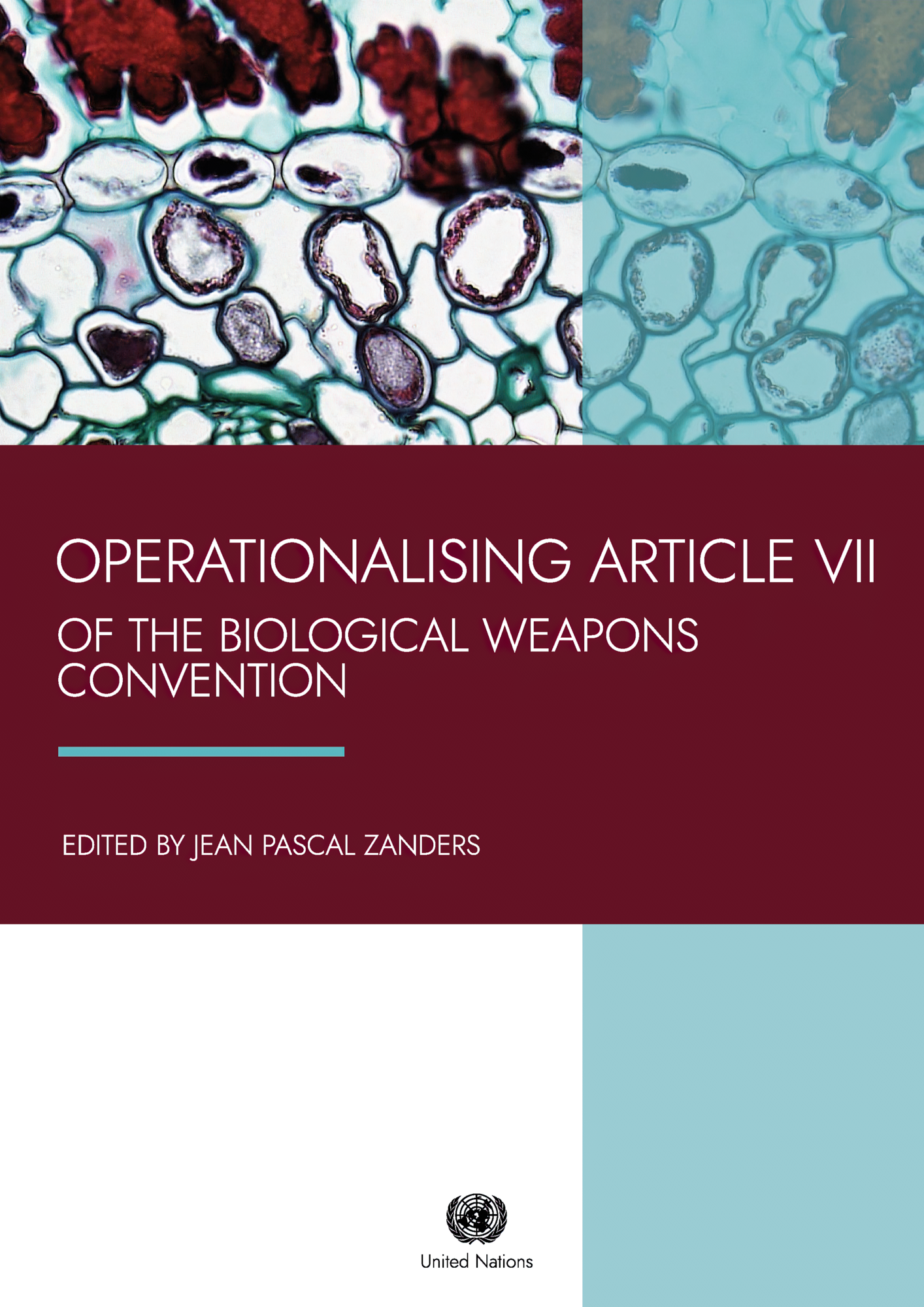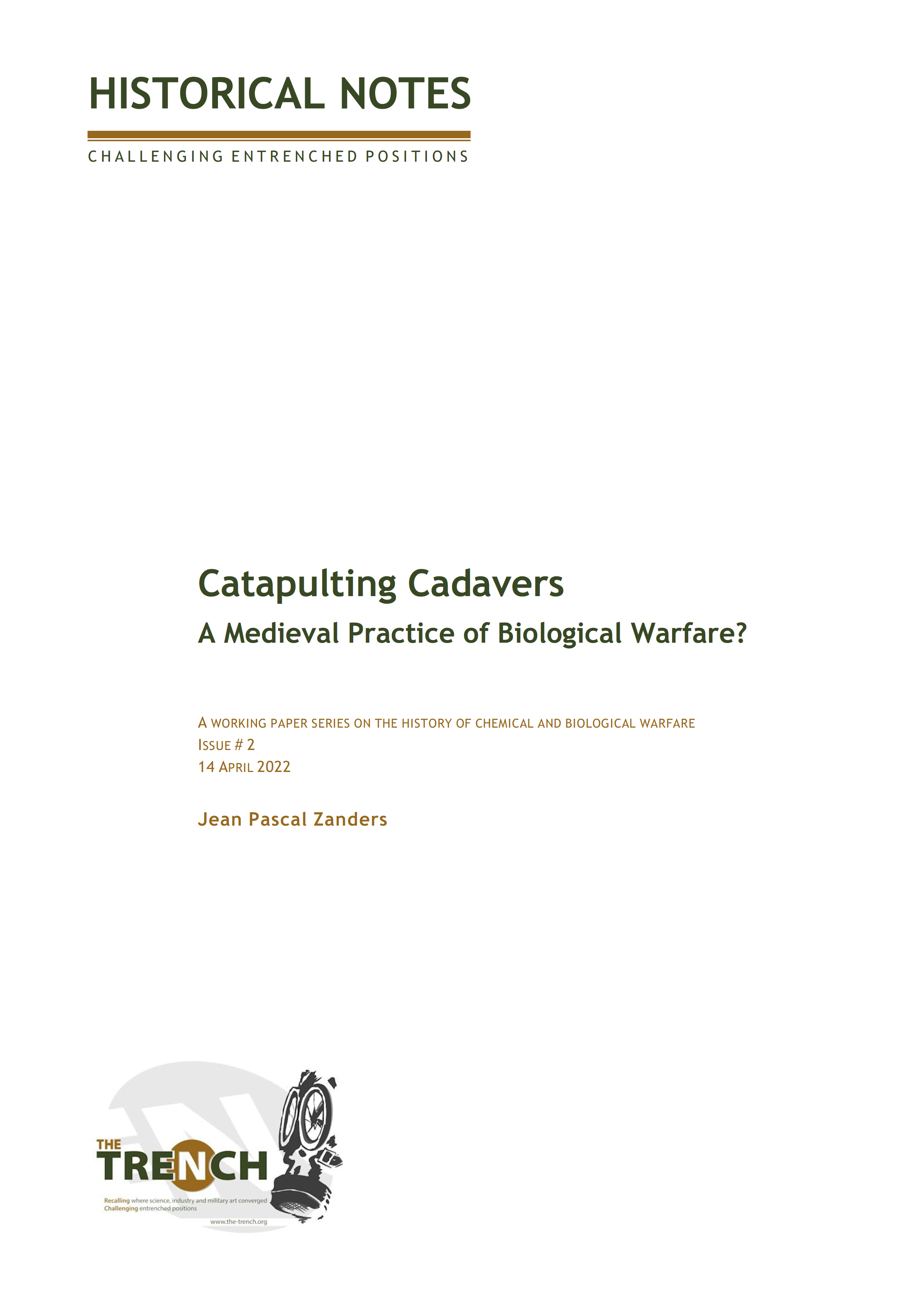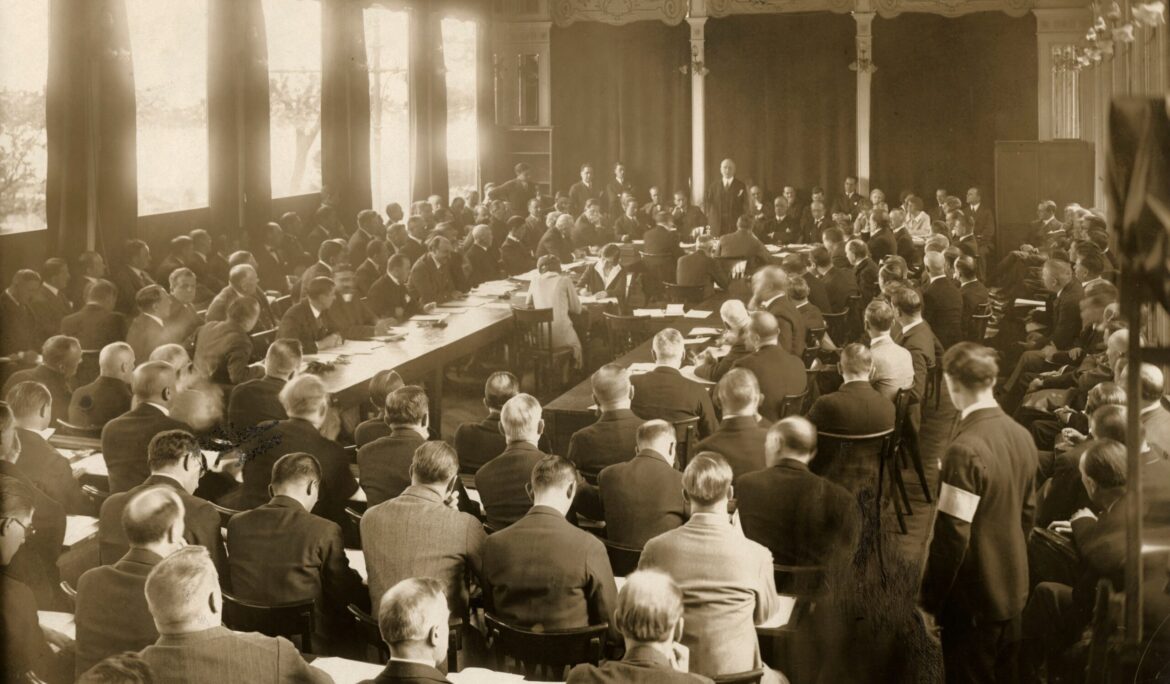The 1925 Geneva Protocol: The League of Nations’ Only Arms Control Agreement
Historical Notes #6 (July 2025), 107pp. The origins of the Geneva Protocol and the history of its negotiation 100 years ago, including an analysis of why Poland insisted on inserting bacteriological weapons in the document. For download. On Wednesday, 17 June 1925, the Conference for the Supervision of the International Traffic in Arms successfully concluded six weeks of negotiations with three agreements. One of them was the Protocol for the Prohibition of the Use in War of Asphyxiating, Poisonous or Other Gases, and of Bacteriological Methods of Warfare. Of the forty-four participating delegations, twenty-six possessed plenipotentiary power to sign the …
In the long shadow of Halabja
A report from Pugwash Iraq’s first international conference Thirty-seven years ago, on 16 March 1988, Iraq’s military forces hit the Kurdish town of Halabja with artillery rockets and napalm bombs, followed by sustained bombing runs releasing chemical weapons. Between three and five thousand people perished, and many thousands more suffered life-altering injuries. Almost all civilians, an estimated three-quarters of them women and children. Genetic defects resulting from their exposure to mustard and nerve agents meant that even today, their offspring too have inherited these chromosomal anomalies, making them transgenerational victims of chemical warfare. To remember the massacre, Pugwash Iraq organised …
Contributions from the 1925 Geneva Protocol to the BTWC
(Speaking Points at the “50th anniversary of the entry into force of the Biological Weapons Convention” event held at the Palais des Nations, Geneva, 26 March 2025) Before the Geneva Protocol Evolution of the ‘poison concept’ Starting in the early 19th century, semantic separation of disease from the poison concept because of evolving medical practice and growing acceptance of the germ theory. Semantic specialisation between poison (toxic substances from nature) and asphyxiating and deleterious gases (products from science and industrialisation). 1899 Hague Peace Conference Semantic bifurcation between poison and asphyxiating gases is a reality with legal consequences. Prohibition of the …
Biological Weapons Disarmament Reaches 50
Fifty years ago, on 26 March 1975, the Convention on the Prohibition of the Development, Production and Stockpiling of Bacteriological (Biological) and Toxin Weapons and on their Destruction entered into force. The Biological and Toxin Weapons Convention (BTWC) was the first multilateral treaty to outlaw a discrete weaponry category comprehensively. No party to the treaty can develop, produce, otherwise acquire, or retain biological and toxin weapons. Nor can state parties use such weapons in any way or under any circumstances. On its 50th anniversary, 188 states are party to the BTWC. Only nine are on the outside. Four signed the …







